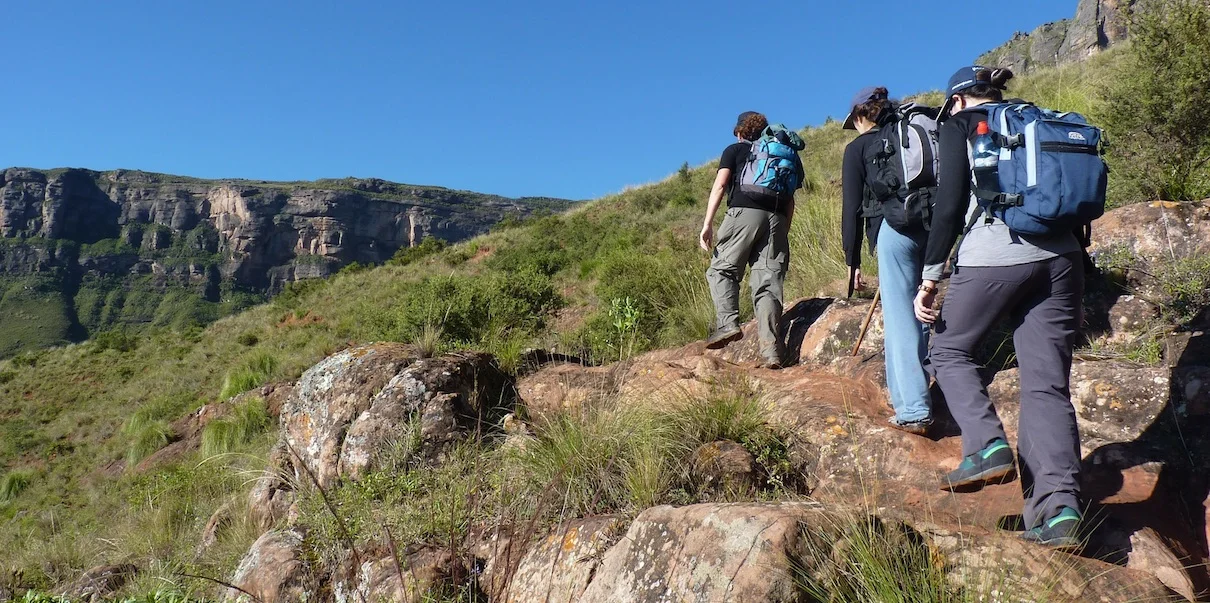If you are asking yourself what to take on a hike you should look at the basics of human survival.
This is not to say that you day hike of micro-adventure should be a brush with death but it is a good guide as to what is required to get the most out of your adventure. Here is a brief guide to the following 4 areas you should be think about when packing your day pack.
- Guidance
- Food & Drink
- First Aid
- Shelter
- Extras
Guidance
It is crucial you know where you are going so ensure you have a map of the area you will be going to and that you are aware of how to find your way with this map.
It also makes sense to have a guide book for the proscribed route you are following. Ideally you should be aware of navigation techniques and how to use a compass in the event you get lost.
Browse our lists of useful books and guidebooks for various mountain areas here.
Food & Drink
Hydration is key to staying happy and healthy in the outdoors so make sure you have plenty of water. Remember that you will exerting yourself and that a human can sweat an enormous amount, especially when travelling uphill in sunlight.
One suggestion is to drink plenty before you leave and then to drink half a litre every hour. But this varies from person to person, so don’t leave yourself short.
Remember also that water sources like rivers and streams may not be the cleanest so if you need to restock from nature’s source ensure you have a water prufier with you.
Make sure you have sources of energy as well. High energy snacks such as nuts, dried fruit, fruit bars and power bars provide good fuel for your body and will replenish your energy as you move. They also do not take up too much space in your rucksack.
First Aid
A simple first aid kit makes sense to make your life a little easier. Number one amongst the items would be blister plasters. If your feet are not used to hiking (or the hiking shoes you have chosen) they are more liable to develop painful and uncomfortable blisters.
Shelter
We are using the word shelter in the widest possible sense. When planning for a day hike you should be aware of the weather conditions you are going to encounter and plan in case there is some variation. This is particularly important in the mountains where the weather can rapidly change.
Layer up and have some rain gear for the worst case scenario. For a brief explanation waterproof fabric; Gore-Tex click here.
Extras
One thing I would suggest which would not have been on such a list a few years ago is trekking / hiking poles. They provide much needed stability and load bearing support and could save vital energy both for the newbie and the more experienced hiker.

LATEST BLOG POSTS
I quit the rat-race to live a more adventurous life. This is my journey.

